
Schramsberg Rosé
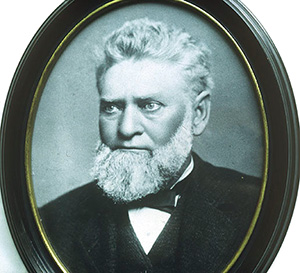
Jacob Schram, a German immigrant, bought 200 acres on Mt. Diamond in Napa valley in 1862 and planted 30,000 vines. He had Chinese laborers dig Napa’s first hillside caves for wine aging and storage. His winery, Schramsberg, gained fame after the author Robert Louis Stevenson wrote about it in his 1883 book, The Silverado Squatters. The wine became so popular that the 23rd President of the United States, Benjamin Harrison, served it in the White House at official functions.
After Schram died in 1905 the property languished until Jack and Jamie Davies purchased it in 1965. They decided to focus on making sparkling wine in the Champagne style using the traditional “méthode champenoise,” (aka “méthode traditionnelle”) to great success.
Their 1965 Blanc de Blancs would be the first commercial use of Chardonnay in American sparkling wine.
Reviving the Harrison tradition, every President since Richard Nixon has featured the company’s sparkling wine at the White House or some official celebration.
For example, in 1972 their sparkling “Blanc de Blancs” wine was served as part of the “Toast to Peace” during the visit by then-President Richard Nixon to China — a symbolic and historic diplomatic moment.
The winery preserves a large portion of forested land on the estate, and from the beginning of the Davies’ ownership they adopted sustainable and preservation-oriented practices — both for the land and the winemaking legacy.
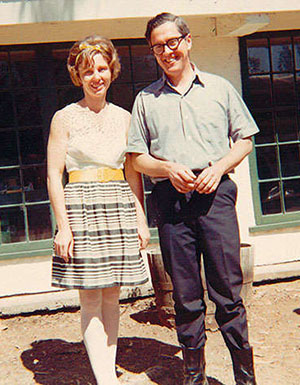
In 1996, Hugh Davies, the youngest son of Jack and Jamie Davies joined the winery full-time. Hugh had earned a master’s degree in enology from the University of California, Davis. Hugh, coincidentally was born in 1965, the year that the Davies family purchased the Schramsberg property. The winery was added to the National Register of Historic Places in 1998.
Jack Davies died in the spring of 1998 and in 2008, Jamie Davies also died. Today, Hugh Davies serves as CEO of Schramsberg.
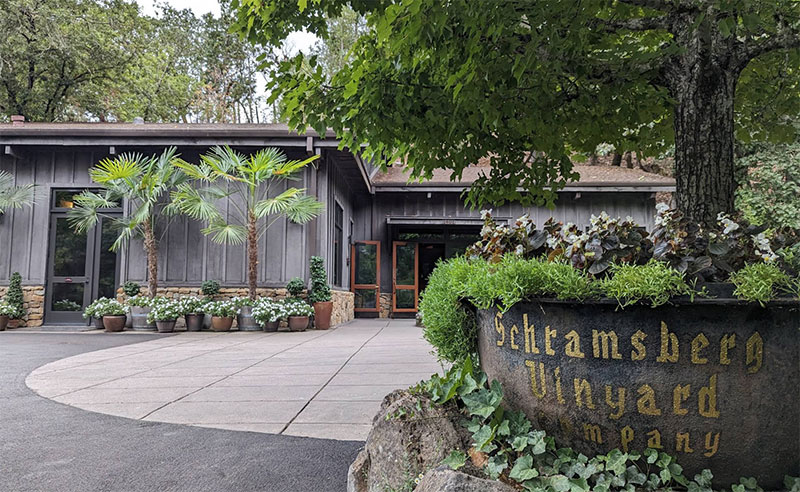
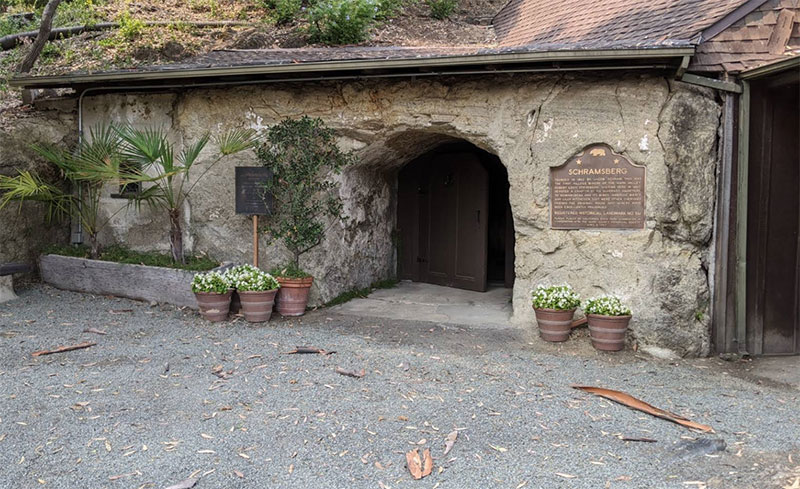
This is a sparkling rosé, made in the traditional Champagne method. Base wines are fermented, then a second fermentation happens in the bottle. After that, the wine is aged on its lees (dead yeast cells) for a period to develop complexity, fine bubbles, and balanced flavors.
The wine is a blend of 73% Pinot Noir and 27% Chardonnay. This combination lends the Brut Rosé both fruit-forward character (from Pinot Noir) and structure/spice/length (from Chardonnay).
Some small lots of the Pinot Noir are fermented in contact with their skins (a “skin-contact” or limited maceration for rosé) to pick up subtle color and additional depth — then all lots are blended, gently pressed, and treated carefully during winemaking. The aim is a wine that is “fruitful, complex and dry”, with brightness and elegance — capable of being versatile with food or standing alone as an apéritif.
This rosé pours a lovely salmon color in the glass. It has a relatively fine and very lively mousse. The nose offers up mouthwatering fresh berries. The palate features tart cherry, raspberry, a hint of yeast, some unexpected citrus, and zippy acidity. There is a nicely balanced dryness, sometimes uncommon in rosés. It wraps up with a clean refreshing finish. ABV is 12.6%.
Pair this sparkler up with seafood — lighter fish like salmon or halibut; maybe even sushi, shrimp or other shellfish. Its acidity and freshness complement seafood nicely. The winery itself suggests pairing with dishes ranging from “sushi, salmon, and rock-shrimp” to a board of cheeses, fresh fruit, etc. Also consider lighter meats or poultry, salads, fresh summer dishes, and fruit-based desserts (red-berry tarts, fruit salads).
Back to blog posts: winervana.com/blog/

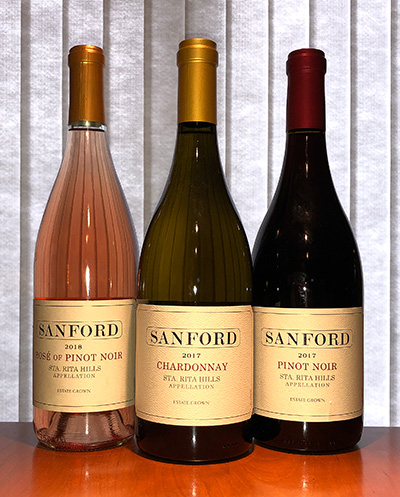
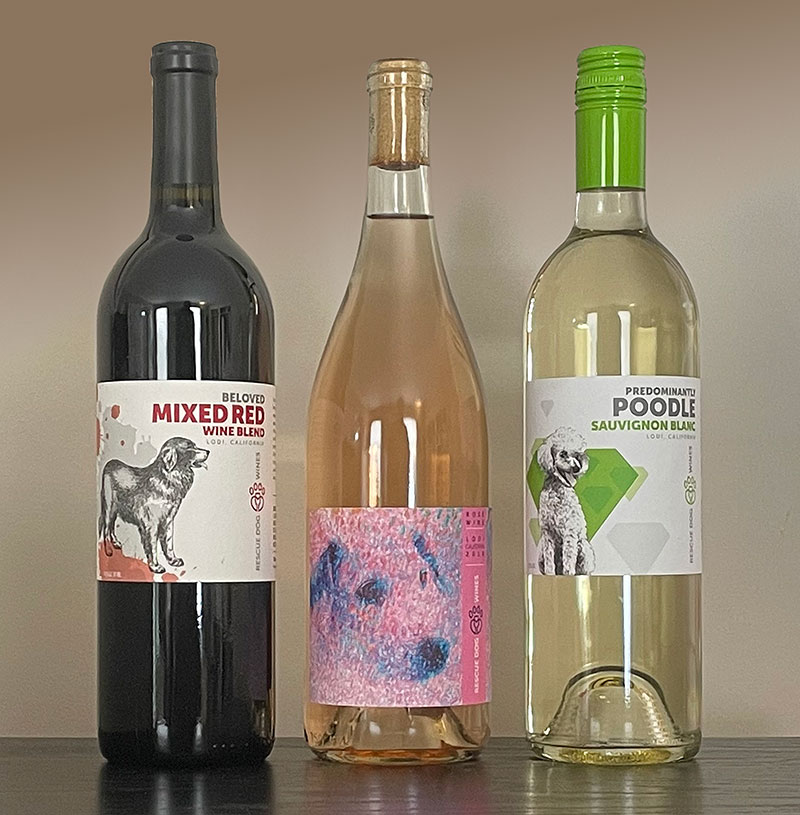
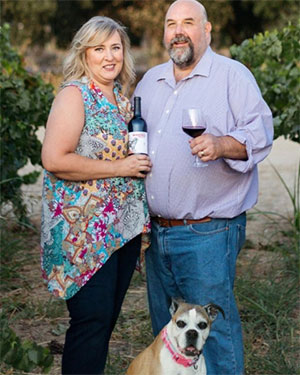
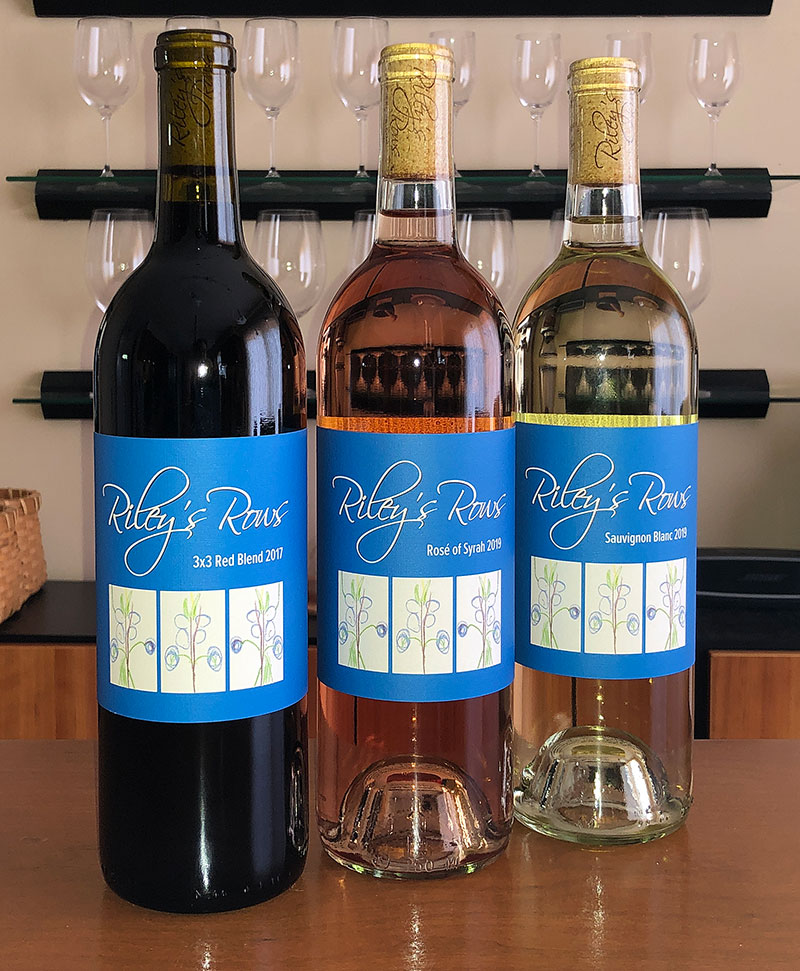

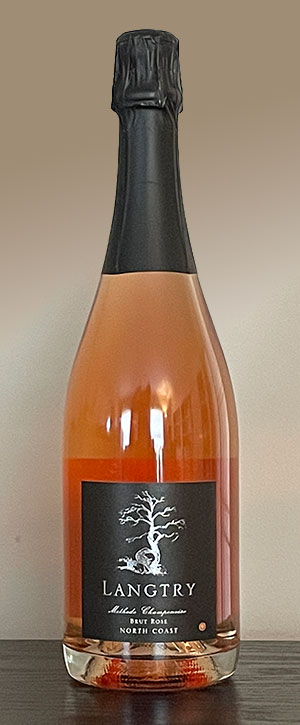
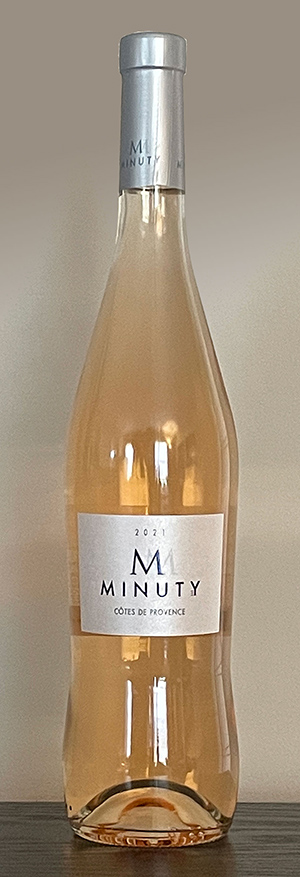
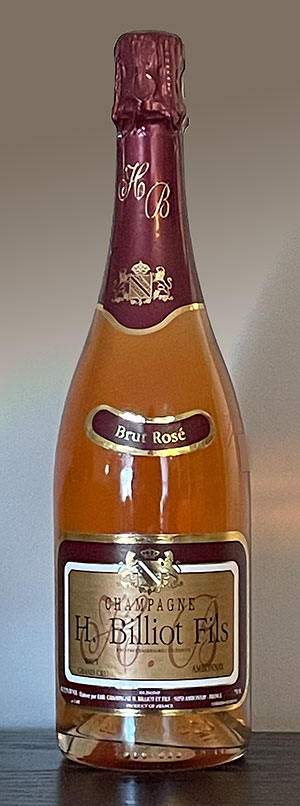
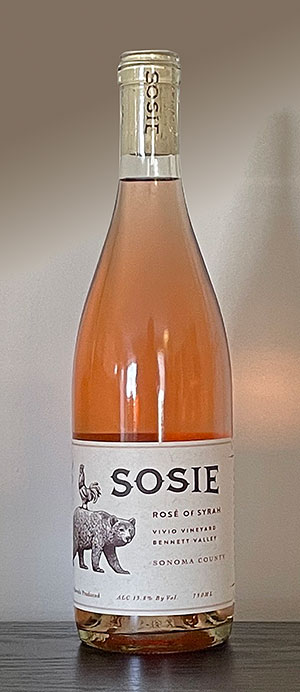 Sosie Rosé of Syrah Vivio Vineyard Bennett Valley Sonoma 2021
Sosie Rosé of Syrah Vivio Vineyard Bennett Valley Sonoma 2021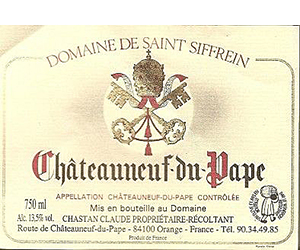 those bottles and the crossed-keys of the papal crest. It was a symbol you could trust, my mom used to say. I never forgot that, and as a young adult one of the first places I had to visit in France was Chateauneuf. To this day I still love those wines.”
those bottles and the crossed-keys of the papal crest. It was a symbol you could trust, my mom used to say. I never forgot that, and as a young adult one of the first places I had to visit in France was Chateauneuf. To this day I still love those wines.”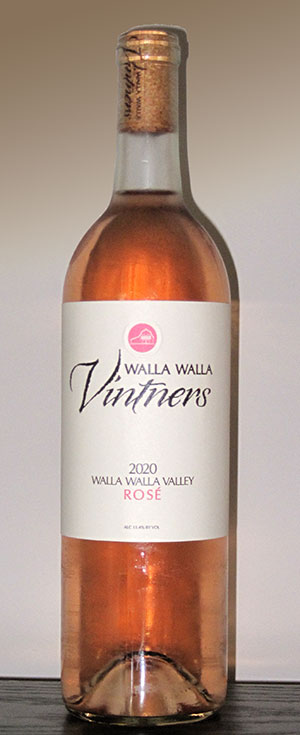 Walla Walla Vintners Rosé of Sangiovese 2020
Walla Walla Vintners Rosé of Sangiovese 2020
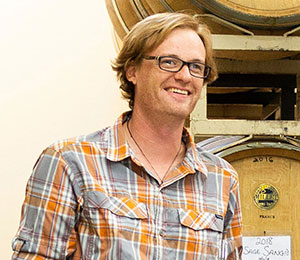
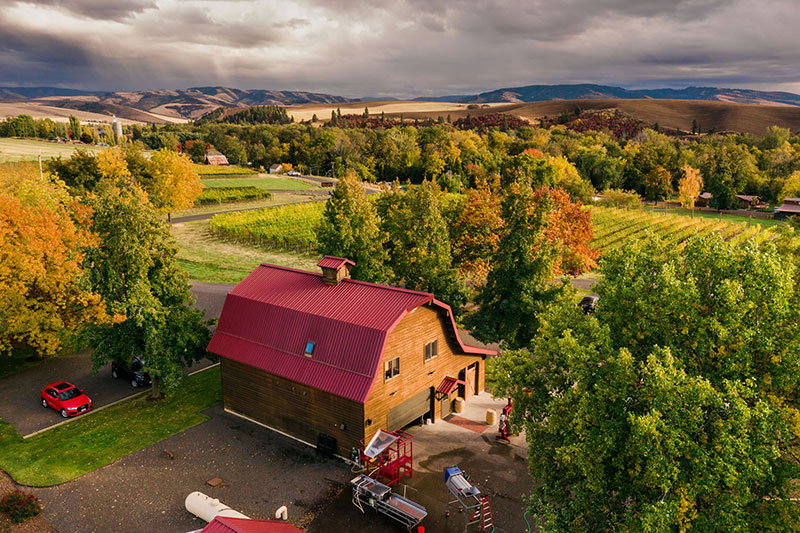
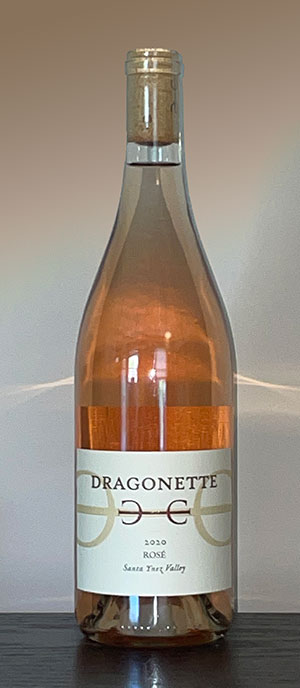 The brothers Dragonette (John, the elder, and Steve, the younger) and close friend Brandon Sparks-Gillis, after having met and worked together at
The brothers Dragonette (John, the elder, and Steve, the younger) and close friend Brandon Sparks-Gillis, after having met and worked together at 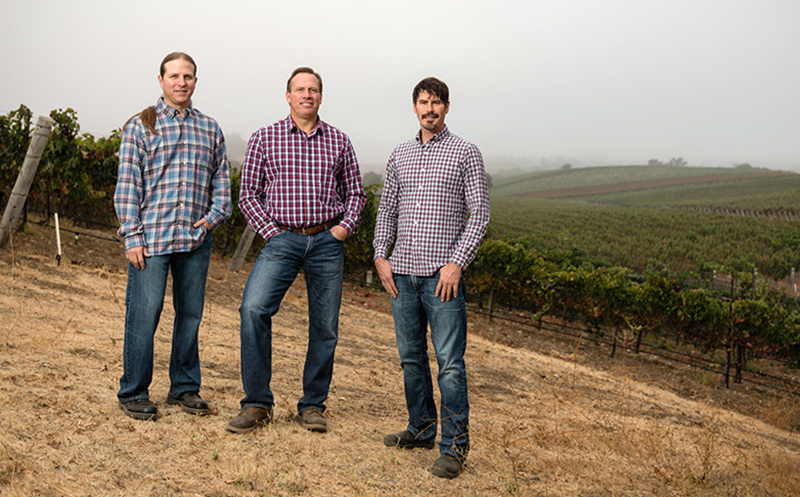
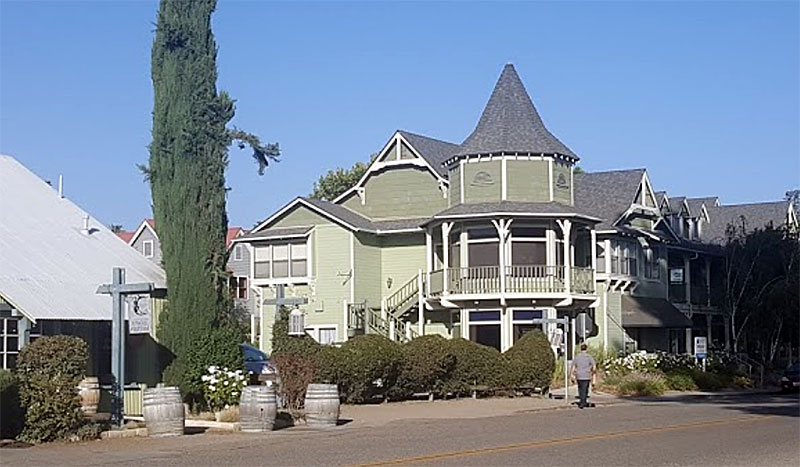
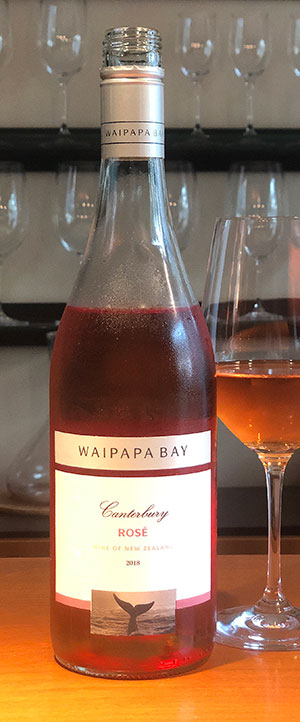 Waipapa Bay Rosé
Waipapa Bay Rosé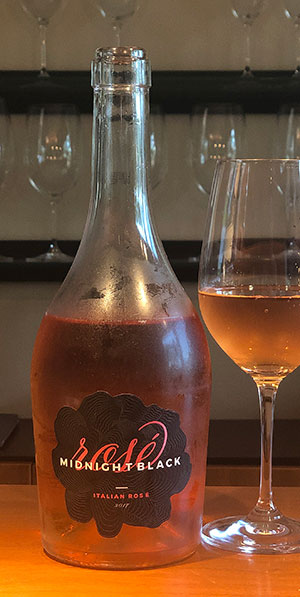 To say that the Taub family is an international wine and spirits powerhouse is, frankly, quite an understatement. It all started on December 6th, 1933, when Martin Taub and his brothers started making brandy in Jersey City. After World War II, Taub started a distributorship in New York because long-time clients Ernest and Julio Gallo needed a partner on the East Coast.
To say that the Taub family is an international wine and spirits powerhouse is, frankly, quite an understatement. It all started on December 6th, 1933, when Martin Taub and his brothers started making brandy in Jersey City. After World War II, Taub started a distributorship in New York because long-time clients Ernest and Julio Gallo needed a partner on the East Coast.